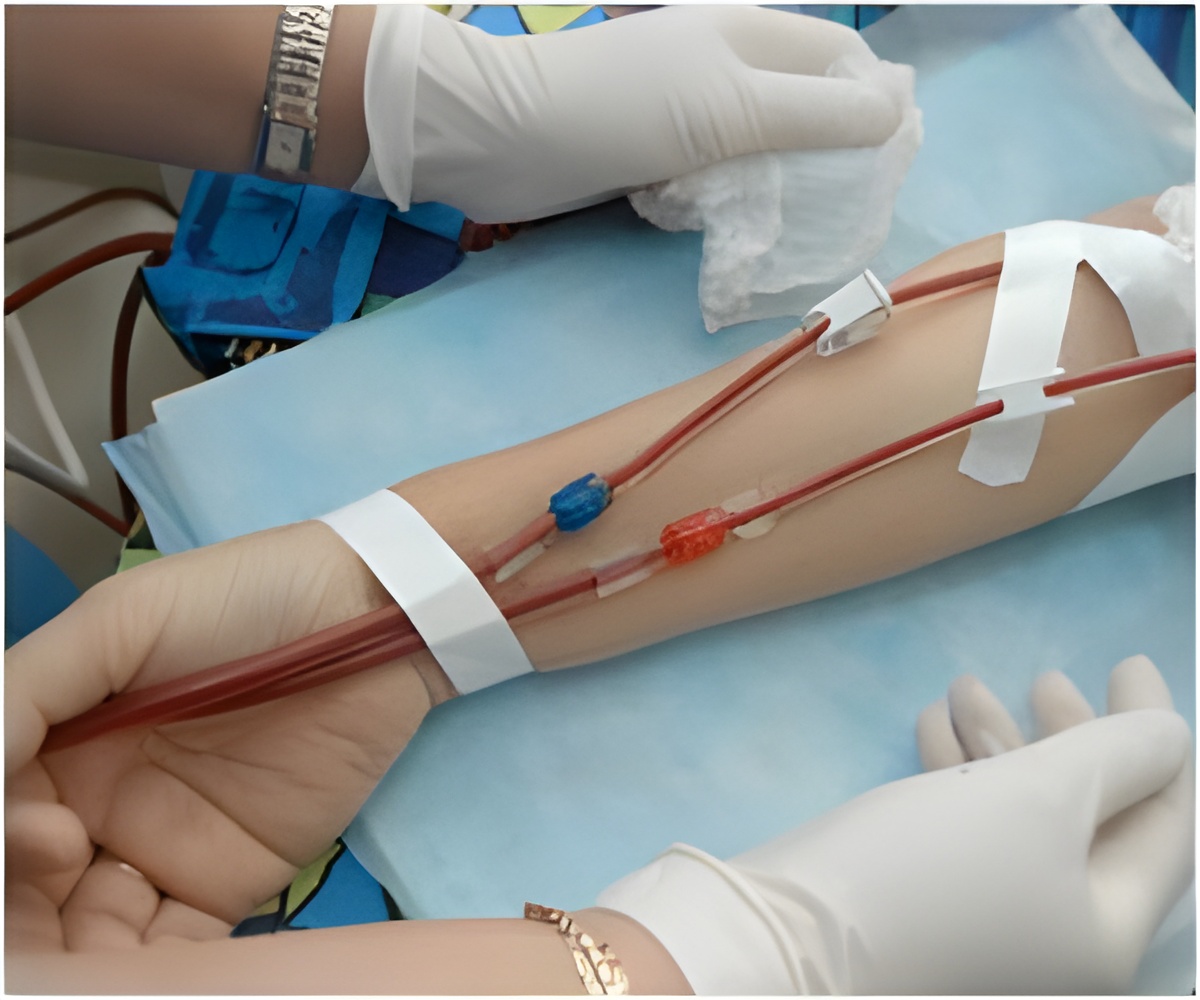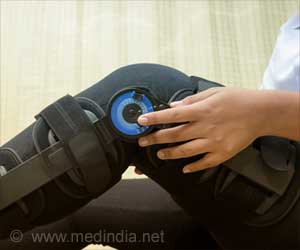Around 5.77 million A&E attendances in England occurred due to an inability of the patients to get a timely GP appointment

The study is published today in the British Journal of General Practice.Lead researcher, Thomas Cowling, NIHR Doctoral Research Fellow, from the School of Public Health at Imperial College London said: "There has been a lot of talk in recent years about rising numbers of A&E attendances and the impact that this might be having on A&E departments. It has been suggested that a lack of access to GPs could be a factor but there hasn't been much evidence to back this up. The aim of this analysis was to inform the debate; until now, the numerical scale of the problem hadn't been estimated."The Imperial College London research team arrived at this figure using two basic steps.
First they estimated the number of GP consultations for the financial year 2012 – 2013, based on estimates for previous years and the trend for this figure to increase over time. This provided an estimate of 345.6 million GP consultations for 2012-2013.Next they used patients' own accounts of their experiences of their local GP practice, from the GP Patient Survey in 2012-2013, to calculate the ratio of attempts to obtain a GP appointment that resulted in A&E attendance to attempts that resulted in a GP consultation.
The GP Patient Survey was answered by approximately 1 million patients from all eligible general practices in England. The ratio was calculated from answers to questions regarding people's last attempt to see or speak to a GP doctor or nurse.This showed that for every 100 attempts that resulted in a GP consultation there were 1.67 attempts that resulted in visiting A&E. Although this ratio is small, the absolute effect when multiplied by the 345.6 million GP consultations that occurred in 2012-2013 provides a figure of 5.77 million A&E attendances that were preceded by an inability to get a suitable appointment.
This is 26.5 per cent of the unplanned A&E attendances (i.e. those that are not follow up appointments at A&E such as for removal of stitches).The study provides a first snapshot of the situation but the researchers call for more research to understand what lies behind this figure, including an in-depth evaluation of a recent Department of Health pilot launched to combat this problem, in which 1,147 General Practices in England are offering appointments outside of current opening hours.
An examination of the impact of this pilot could help ascertain whether convenient access to a GP appointment can prevent some A&E attendances."It may be tempting to make an automatic conclusion from the results that improving access to General Practices will solve the problem," said co-author, Professor Azeem Majeed from the School of Public Health, Imperial College London. "But the picture is fundamentally much more complicated than that.
The approach we used was relatively straightforward and the only feasible way to get an overall national estimate that could inform policy in a timely manner. A more detailed picture could be obtained from a survey of a nationally representative sample of patients attending A&E. In addition, the benefits of increasing access to GPs could, and should, be assessed by evaluations of current pilots that aim to improve GP access."
Source-Eurekalert
 MEDINDIA
MEDINDIA


 Email
Email





